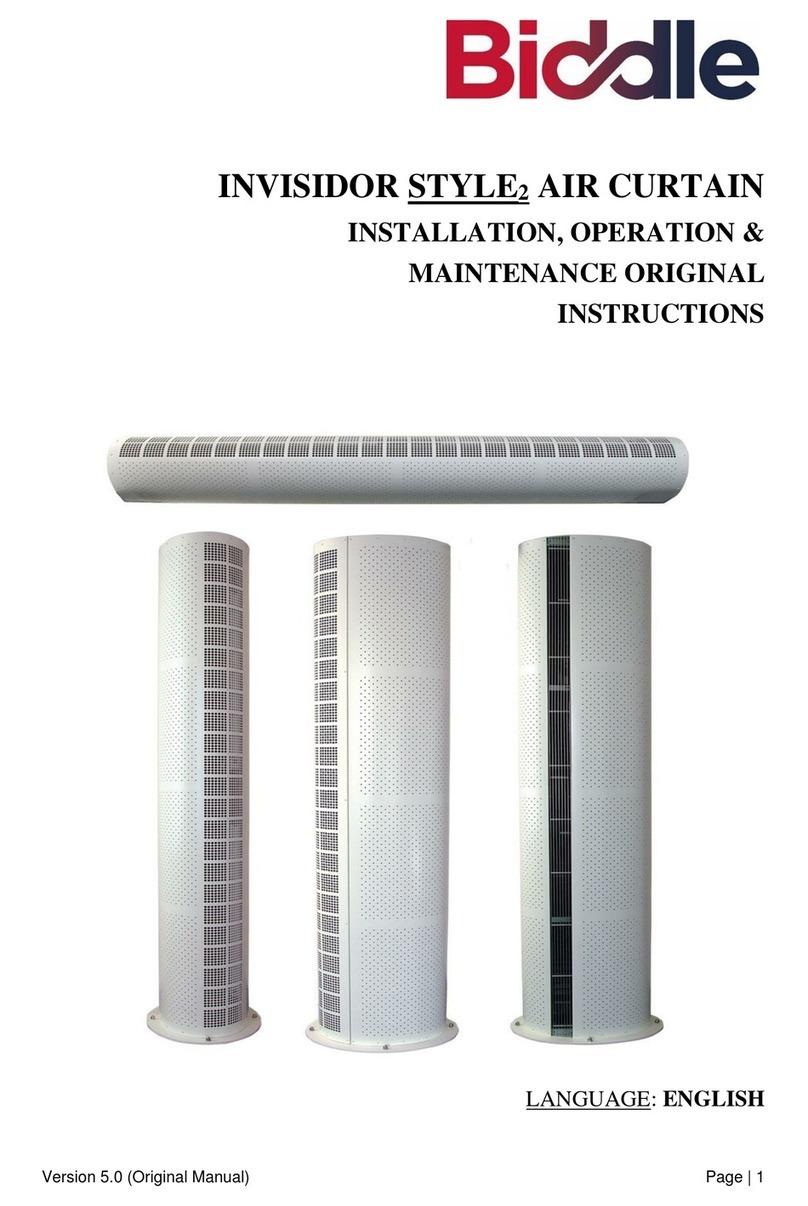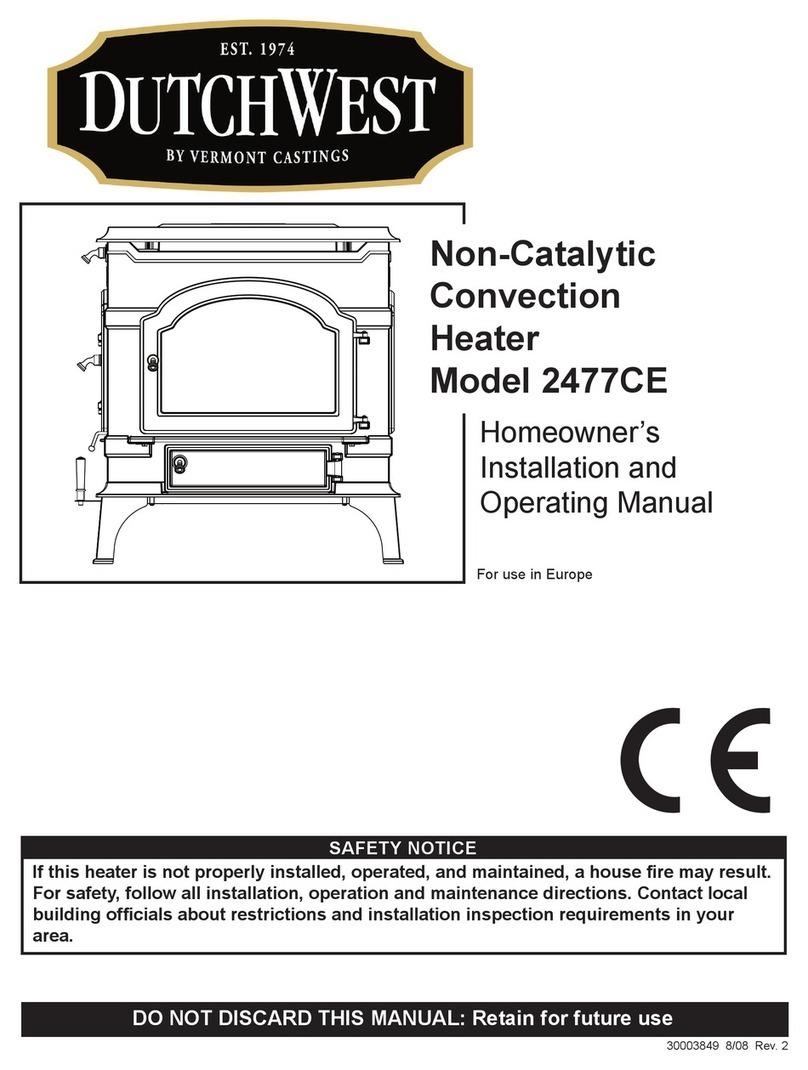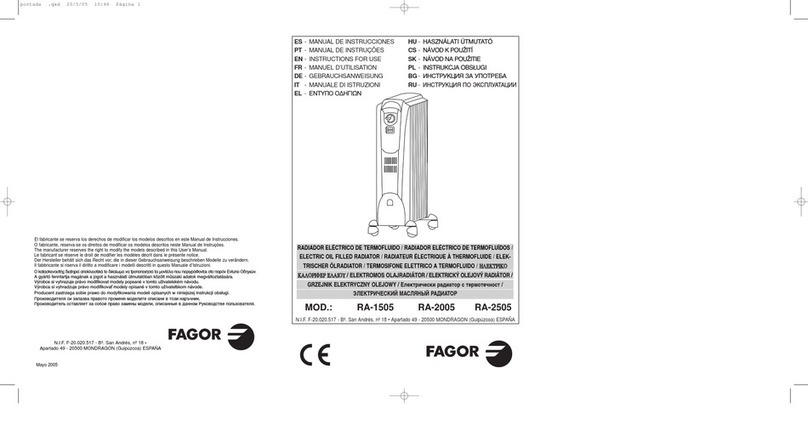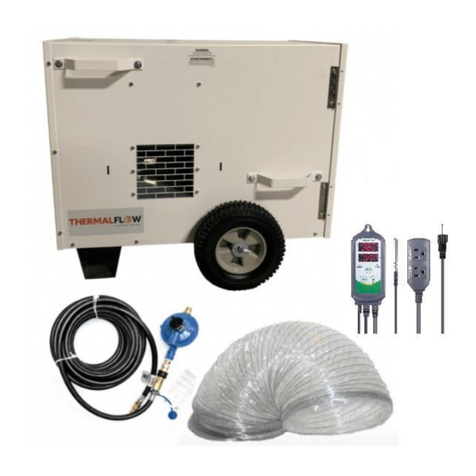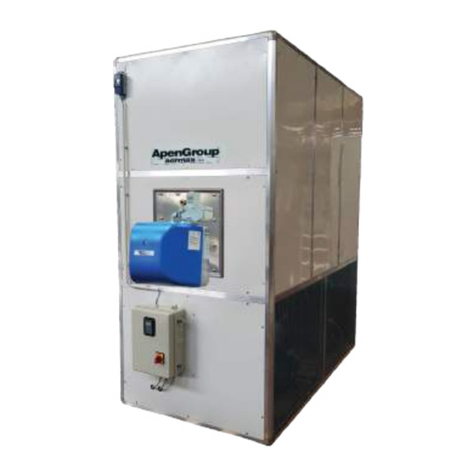
I N S T R U C T I O N S
For the installation and maintenance of DS1525 - DS1550 -
DS2525 - DS2550 desuperheaters
IMI0030E.doc
Rev.4 20/08/12
20090 SEGRATE (MI)- via E.Fermi
TEL.(02) 269912.1 - FAX.(02) 2692.2452 Page 9 of 17
8.2 REMOVING THE PACKAGING
Carraro DS desuperheaters are packed with the utmost care in wooden crates or cardboard boxes so that
they are protected during handling and transport to their place of installation. After hydrostatic testing, the
desuperheater is flushed through with an protective agent formulated to protect the internal surfaces
against corrosion. Should any damage occur during transport, however, the transport company or a
representative of Carraro must be notified immediately. Remove the packaging with care, then check that
the surfaces of the flanges, threads, actuators, connection pipes, etc. are not damaged (see Fig. 1).
8.3 INSTALLATION
Before installation, visually inspect the desuperheater, the actuator and any accessories, to make certain
that they are not damaged. Check that the information given in the documentation and on the data plate,
and the tag number correspond to the specifications of the order. Remove the desuperheater from its
package by lifting it with slings (for heavy loads) wrapped round its body. Do not lift the unit by the water
inlet connection, the actuator or other accessories. Do not remove the flange coverings until immediately
before installation.
During installation of the desuperheater, use gaskets and fasteners which comply with the appropriate
standards. Position the gasket on the mounting flange and gently insert the nozzle into the secondary
pipe. Before tightening the studs, check that the spray cylinder is directed in the same direction as the
vapour flow (see Fig. 2).
The desuperheater must not be installed in such a way that it is subject to tensions, forces and torque.
- Water flange positions -
PFAn PFAe PFAs PFAw
- Handwheel positions -
PVn PVe PVs PVw
Fig. 2
The DS desuperheater has a standard body length as specified in the contractual drawings, whereas the
mounting trunk of the vapour pipe must be made to measure. The length of this secondary pipe must be
such that the central axis of the spray cylinder corresponds with the central axis of the vapour line
(±5 mm). The nominal diameter of the mounting trunk must be as follows: for DS1525/DS2525 25 m3/h
version - 3” (DN 80), with maximum tube schedule of 160; for DS1550/DS2550 50 m3/h version - 4” (DN
100) with maximum tube schedule of 160.





